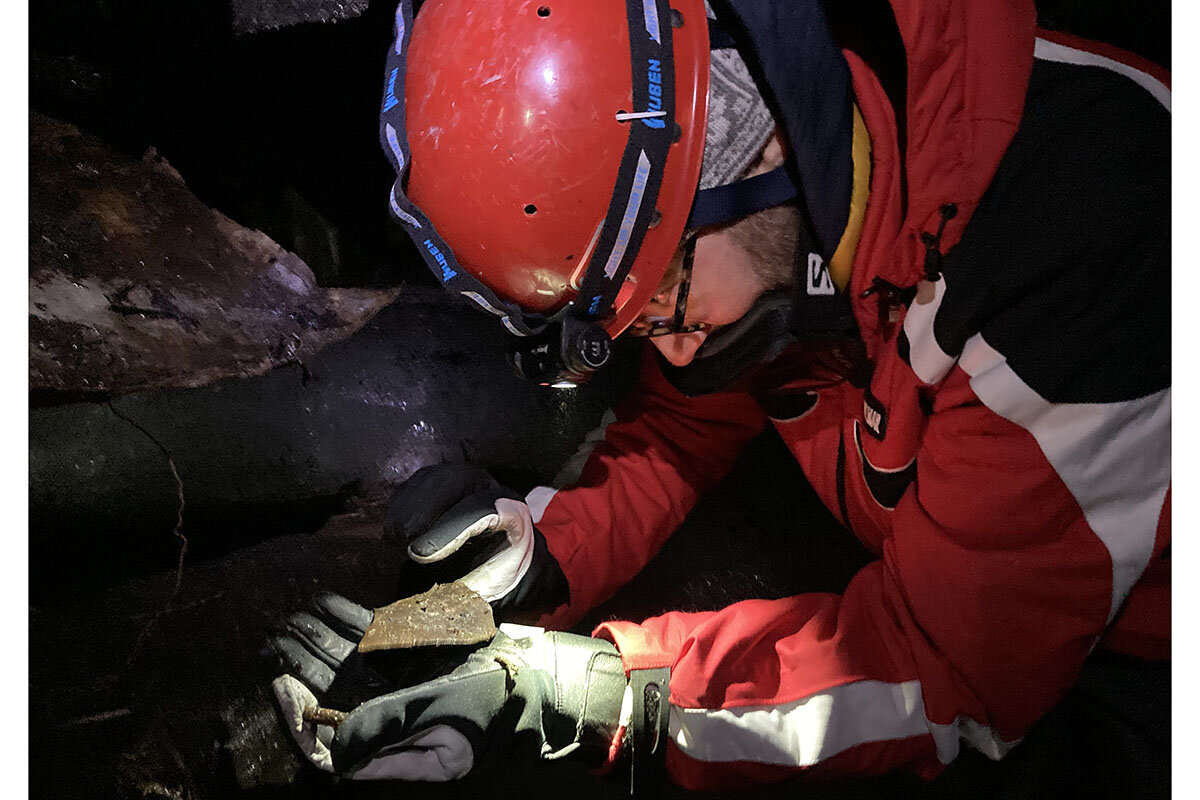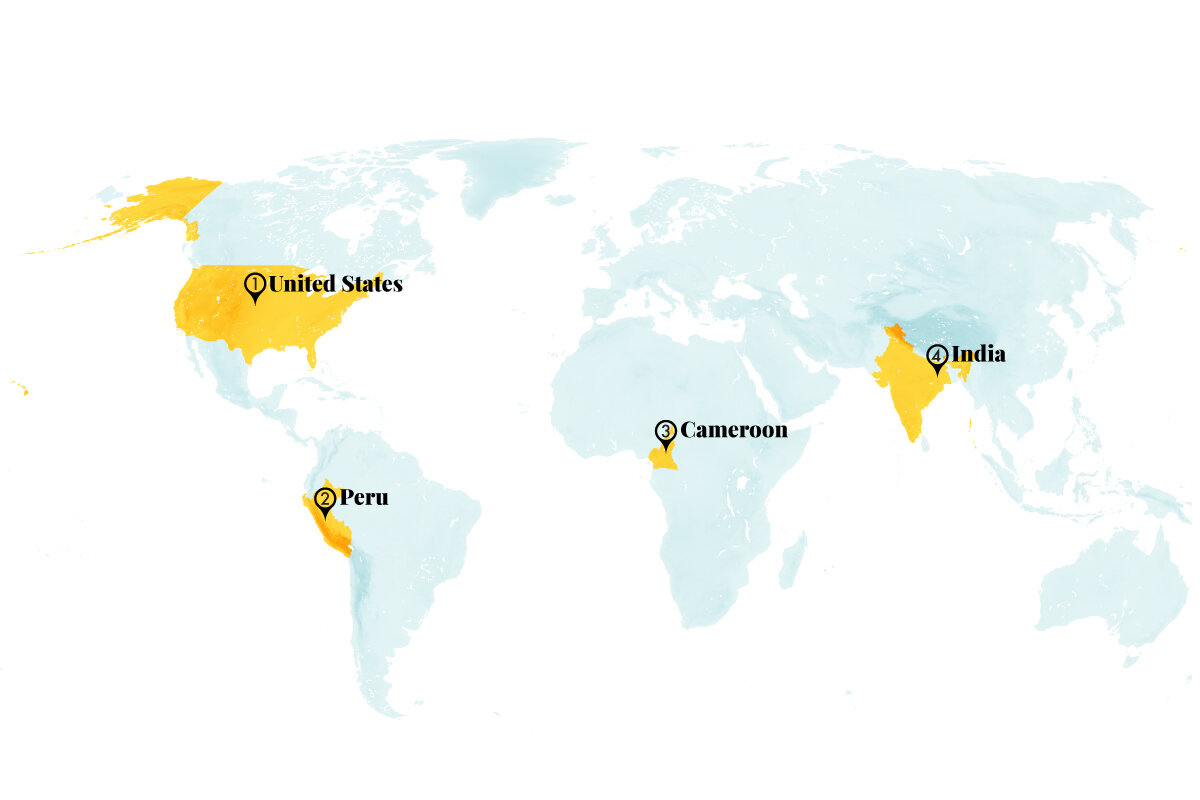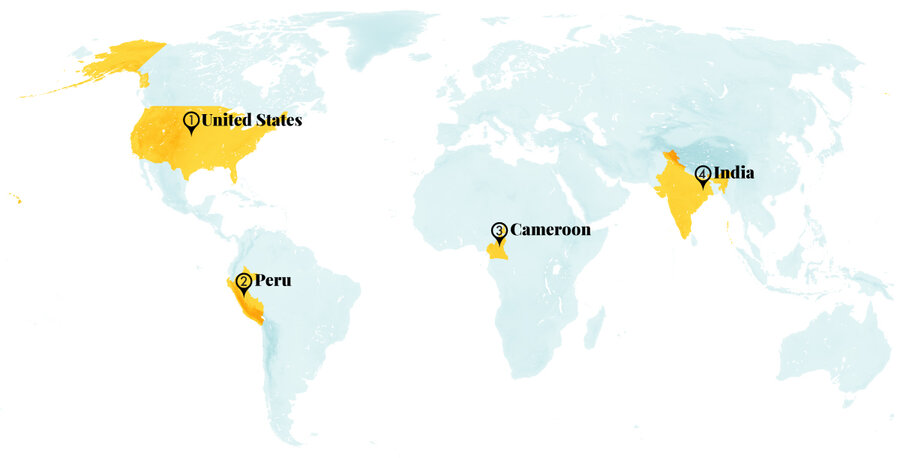Comedy can offend. It can also serve to air fresh perspectives. “Cancel culture” now gets cast as either protecting people from harmful laugh lines or stifling a valuable form of expression. Might it be doing both?
Monitor Daily Podcast
- Follow us:
- Apple Podcasts
- Spotify
- RSS Feed
- Download
 Clayton Collins
Clayton Collins
Paul van Zyl has little patience for slackers. When it comes to global solutions, he’s all about helping people and organizations accelerate and deliver.
“Anything that relies on a lowest common denominator of change,” he told me on a Zoom call last week, “is going to be insufficient, and it’s going to leave people dissatisfied.”
Mr. van Zyl is co-founder and chief creative officer of The Conduit, a London-based “collaborative community” that has grown to more than 3,000 members since its 2018 founding. I’d read a Fast Company article about the agility that he and his colleagues have shown on the way to brokering millions of dollars in support for purpose-built enterprises, many focused on the United Nations’ sustainable development goals (the group’s mission is much broader; it pivoted at one point to feeding local frontline health workers).
The work calls for identifying the influential and engaged – and getting them in sync through events and conversations.
“If you put them on a problem, they’re able to bring to bear investment capital, philanthropy, media, advocacy, movements, science and technology, marketing and creativity,” says Mr. van Zyl, a Skoll Award winner who pops up in places like Davos and COP26, and who came of age as executive secretary of South Africa’s Truth and Reconciliation Commission.
Mr. van Zyl is passionate about boosting entrepreneurial efforts like Enric Sala’s work on marine reserves. Mr. Sala brings charisma and drive. But “we’re at [just] 2% or 3% of the world protected by marine reserves,” notes Mr. van Zyl. “We need to be 30% by 2030.” And so, “you [also] need a coalition of island nations,” he says. “You need billionaire philanthropists and great storytellers” to describe the successes and trade-offs.
“What we’re trying to do is kind of like ... a reordering of the way civilization works,” says Mr. van Zyl. “The more connective tissue you build between people, the more you’re able to move things along.”











